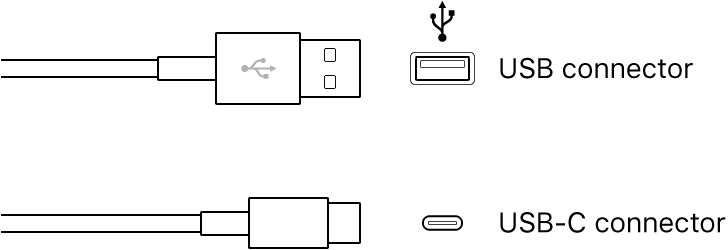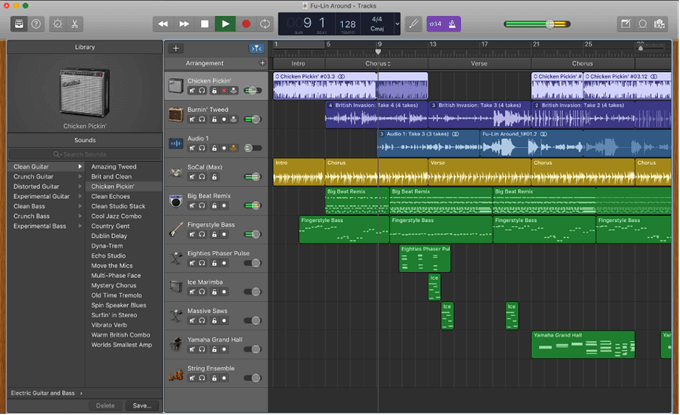
What makes this device dependable is the function it supports inclusive of recordings of voice, keyboard, guitar much, much, more providing also metering and other important features. This is simply a device used in making quality and good quality studio recordings at home it being an external sound card with inputs for mics and instruments like speakers and headphones for singing. Antelope Audio Zen Studio – Editor’s Choiceīefore revealing the top 5 Best Audio Interface for GarageBand, we will discuss the brief history of an audio interface. Arturia AudioFuse 14 x 14 USB Audio Interface Audient iD4 High-Performance USB Audio Interface Focusrite Scarlett 2i2 (2nd Gen) USB Audio Interface – Best For Beginners If the actual key or scale of your song differs from the key or scale setting, the effect might be less pronounced, or might change the pitch of individual notes in undesirable ways.
LATENCY WITH USB KEYBOARD AND GARAGEBAND 10.1 FREE
Ipad Garageband Latency Speaker Midi Free Tap the Settings button, tap Key Signature, then tap a new key or a different scale (major or minor). The Extreme Tuning preset is a popular vocal effect that changes the pitch of your recording based on your song’s key and scale settings.

You can try out different presets by tapping them and turning the knobs. Turn the knobs to change the sound of the preset. In Studio view, tap the icon in the middle of the screen and choose a preset from the list. In Fun view, tap or turn the dial to select one of the presets. Each preset adds an interesting character to the recorded sound. The Audio Recorder includes presets that appear after you record a sound. Tap the button again to turn monitoring off. Tap the Monitor button to turn monitoring on. When an external microphone or other audio device (such as a headset or an audio interface) is connected to your iPad, the Monitor button under the Out level slider becomes active. Turn on monitoring for an external microphone Tap the Input Settings button, then turn Noise Gate on.ĭrag the Noise Gate slider until the noise stops or decreases to an acceptable level. A noise gate cuts off the sound when it falls below a certain minimum level.

You can use a noise gate to reduce low-level input noise when you record. Tap the Input Settings button, then tap the Automatic switch. When an external microphone or other audio device (such as a headset or an audio interface) is connected to your iPad, the input level can be set automatically. If the input device supports left and right channels, tap Channel button under the In level slider, tap Input 1 or Input 2 to select the input channel, or tap Stereo to record in stereo. The In level slider is available if your iPad or input source supports input level control. If the level turns red, drag the slider down (or record the part again more softly) to prevent distortion.ĭrag the In level slider up or down to set the input level. While you record, the In level slider on the left shows the input level from the microphone.

Tap the Play button again to hear your recording. When you are finish, tap the Play button in the control bar to stop recording. Play, sing, or make sound into the microphone. Tap the Record button in the control bar. Tap the Fun or Studio button at the top of the Audio Recorder. Fun view lets you quickly change the sound of your recording, while Studio view gives you more options to enhance your recording. The Audio Recorder has two sets of controls you can use to change the sound. You can also record sounds using an external microphone connected to your iPad. Using the Audio Recorder, you can record your voice, an instrument, or any other sound using the microphone on your iPad, and play it back in GarageBand. LED light when the unit is detecting an input signal. Extremely small in size, making it ideal for portability. IPad Compatible Audio Interface Also Compatible with iPhone & iPod.



 0 kommentar(er)
0 kommentar(er)
